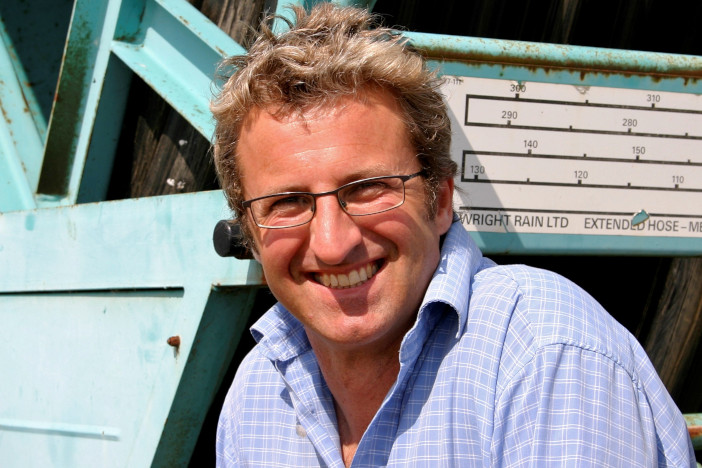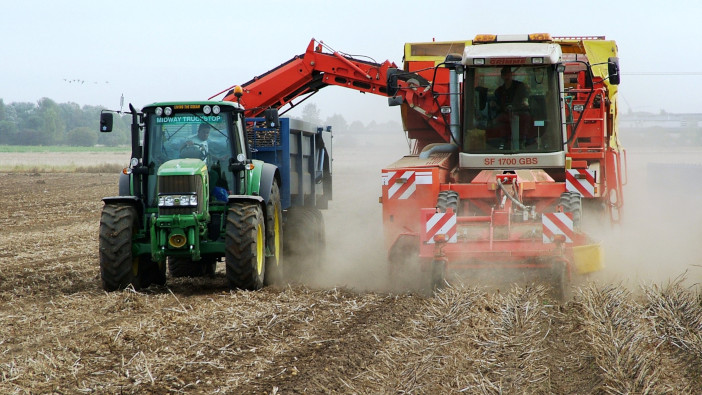Hutchinsons’ root crop technical manager Darryl Shailes notes that the 2022 potato lifting season will be about keeping the crop alive with water and making more challenging strategic decisions, compared to a typical harvest.
He said that even the best irrigation systems and crops planted in perfect conditions are struggling in the prolonged dry weather. Most irrigation reservoirs are getting very low and restrictions are being brought in on some licences.
“During the heat wave in July, many crops ceased bulking and only put on dry matter, and were just about kept alive. This rapid increase in dry matter means that many crops especially those that are unirrigated or short of water are already in excess of 24% DM and will be highly prone to bruising,” he said.
Mr Shailes believes that the best decision may be for growers to stop the crop, though yields are only in the low teens per acre. “To leave the haulm alive under the current conditions will only increase dry matter and yield is unlikely to be significantly improved.

“For some crops even if rain were forecast, their ability to increase yield and tuber size significantly will already be compromised with very poor haulm and will probably cause issues with secondary growth.”
For crops that are more sensitive to bruising, growers may have to target lifting and irrigation where available. ”Where water is available, irrigation pre-harvest even though having no real effect on dry matter, can help to keep more soil on the web and cushion the potatoes to reduce bruising.
“Single handling and correct settings of harvesters and elevators will be even more important than normal to reduce the exposure to bruising as much as possible. A relatively small unbruised crop should be easier to market than a slightly larger but heavily bruised crop,” he added.
It’s not all doom and gloom, he says. “Some well-irrigated crops are still bulking and have good haulm and in an ideal world, soil moisture deficit should be maintained at around 30mm until flailing and or burn down to reduce the risk of bruising.
“Normally blight control would need to be continued until all the haulm is dead but with this season with hardly any reports of blight some growers may decide not to treat during the haulm destruction process, especially on crop not intended for storage.”


